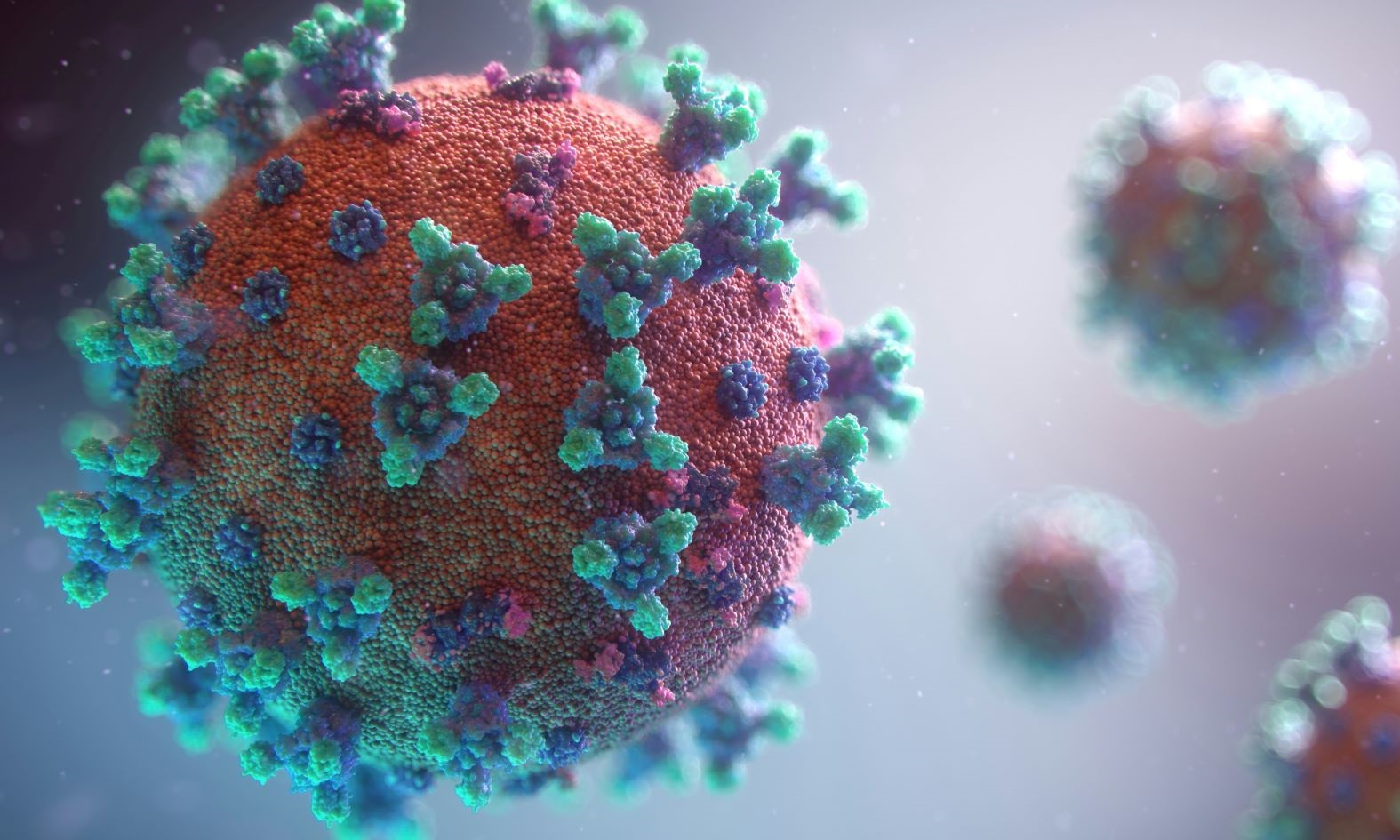WHO announced that a fourth WHO-prequalified human papillomavirus (HPV) vaccine product, Cecolin® has been confirmed for use in a single-dose schedule. The decision is made based on new data on the product that fulfilled the criteria set out in the . This important milestone will contribute to improving sustainable supply of HPV vaccines—allowing more girls to be reached with the vaccines that prevent cervical cancer.
“Unlike most other cancers, we have the ability to eliminate cervical cancer, along with its painful inequities,” said Dr Tedros Adhanom Ghebreyesus, WHO Director-General. “By adding another option for a one-dose HPV vaccination schedule, we have taken another step closer to consigning cervical cancer to history.”
More than 95% of the 660 000 cervical cancer cases occurring globally each year are caused by HPV. Every two minutes, a woman dies from this preventable disease globally, and 90% of these deaths occur in low- and middle-income countries. Of the 20 hardest hit countries by cervical cancer 19 are in Africa.
HPV vaccine introductions have been hampered by global supply shortages since 2018 and production challenges encountered by one of the manufacturers earlier this year led to further shortfalls, potentially impacting millions of girls in need of HPV vaccines in Africa and Asia.
“Having 90% of girls fully vaccinated with the HPV vaccine by 15 years of age is the target for the first pillar of the WHO ,” said Dr Kate O’Brien, Director of the Department of Immunization, Vaccines and Biologicals at WHO. “Given the continuing supply challenges, this addition of single-dose vaccine product means countries will have greater choice of vaccines to reach more girls.”
A growing number of vaccine products initially prequalified for use in a 2-dose schedule can now be used in a single-dose schedule. The single-dose use indication for this additional vaccine, Cecolin®, is incorporated into the second edition of (reflected in Table 4 of this document). Like for other medications and vaccines, when there is data to support modified use, guided by a clear public health benefit, public health advisory bodies can , until a manufacturer adds this modified use to their label.
Global data released on 15 July 2024 indicates that the one dose HPV vaccine coverage among girls aged 9-14 years . In 2023, 37 countries were implementing the single-dose schedule. As of 10 September 2024, 57 countries are implementing the single-dose schedule. WHO estimates that the single-dose schedule adoption has resulted in at least 6 million additional girls being reached with HPV vaccines in 2023.
Earlier this year, countries and partners . Funding includes US$ 180 million from the Bill & Melinda Gates Foundation, US$ 10 million from UNICEF, and US$ 400 million from the World Bank. Together with the strong continuing commitment by Gavi, these investments will help to accelerate introductions and boost coverage of HPV vaccine among girls by 2030.
WHO prequalified a fifth HPV vaccine
A further piece of good news is the on 2 August 2024, , making it the fifth product available on the global market. This will contribute to a more sustainable supply of HPV vaccines, enabling more girls to receive the vaccine. Walrinvax® is prequalified with a two-dose schedule. Further data will be needed to assess if this vaccine can be recommended for single-dose schedule in the future.








